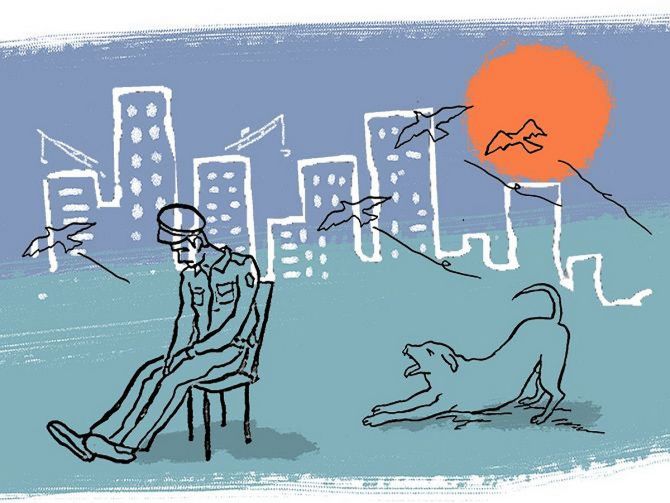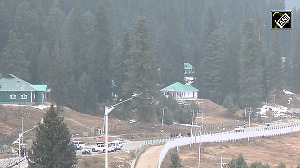After Maharashtra, analysts expect more states like Karnataka and Haryana to slash stamp duty rates. However, analysts, do caution that it’s still a long road to recovery for the realty sector.

The cut in stamp duty rates on apartments in Maharashtra from the current 5 per cent to 2 per cent till December 2020-end and retaining them at 3 per cent between January 2021 and March 2021 will benefit players like Oberoi Realty and Godrej Properties most, say analysts, who do caution that it’s still a long road to recovery for the realty sector.
After Maharashtra, analysts expect more states slash stamp duty rates.
According to Jefferies, the state governments to watch out for will be Karnataka (Bengaluru) and Haryana (Gurugram).
“Amongst our coverage, the highest Maharashtra state exposure in residential business is for Oberoi (100 per cent), followed by Godrej Properties (around 50 per cent), which are direct beneficiaries.
"However, as other state governments potentially act, other developers in our coverage viz., DLF, Sobha, and Prestige could benefit as well,” says Abhinav Sinha, an analyst with Jefferies.
At the bourses, the Nifty Realty index has underperformed the benchmark Nifty50 by a wide margin from a one-year and year-to-date (YTD) horizon.
Though the recovery from the March 23 low has been encouraging, analysts expect the performance to remain polarised going ahead, with those companies with strong balance-sheets and pricing power doing well.
On Thursday, the Nifty Realty index was the top sectoral gainer, rallying 6.4 per cent, with DLF, Prestige Estates, Oberoi Realty, and Sunteck Realty gaining 6.9 per cent to 9.5 per cent.
“The temporary reduction in stamp duty will likely help support sales of Mumbai-centric players like Oberoi Realty, Godrej Properties, and Sunteck Realty among our coverage universe.
"Oberoi Realty will also benefit from the completion of several of its larger projects that will eliminate the incidence of goods and services tax (GST),” wrote Murtuza Arsiwalla and Samrat Verma of Kotak Institutional Equities in an August 27 note.
Hit hard
Even before the Covid-19 pandemic dealt a body blow, with construction activity coming to a complete halt during lockdown, the sector had been grappling with high inventory and sluggish sales.
According to a Knight Frank report, sales of residential units across Mumbai, Delhi National Capital Region (NCR), Bengaluru, Pune, Chennai, Hyderabad, Kolkata, and Ahmedabad dropped 54 per cent in the first half of calendar year 2020 (CY20) to a decadal low of 59,538 units, compared to 129,285 units in the year-ago period.
The impact of lockdown was even more pronounced in the April–June 2020 period (Q2CY20).
Housing sales and new launches, according to Anuj Puri, chairman, Anarock Property Consultants, plummeted 81 per cent year-on-year in the top seven Indian cities - from 68,600 units in Q2CY19 to just 12,720 units in Q2CY20.
With regard to inventory levels, Hyderabad and Pune remained the best markets in June, with 22-23 months of inventory, followed by Chennai and Bengaluru at 37-38 months.
“NCR remains the worst real estate market, with 71 months of inventory; inventory levels in the Mumbai Metropolitan Region and Kolkata were 40 months and 44 months, respectively,” wrote Parvez Akhtar Qazi and Akash Damani of Edelweiss Securities in an August 25 note.
For G Chokkalingam, founder and chief investment officer at Equinomics Research & Advisory, an uptick in realty counters should be utilised to exit.
“The demand will taper off and the prices of residential units will correct as a result of the pandemic that has caused severe economic distress and led to paycuts and job losses.
"People will spend mostly on essentials and may postpone buying houses/investing in property,” he cautions.











